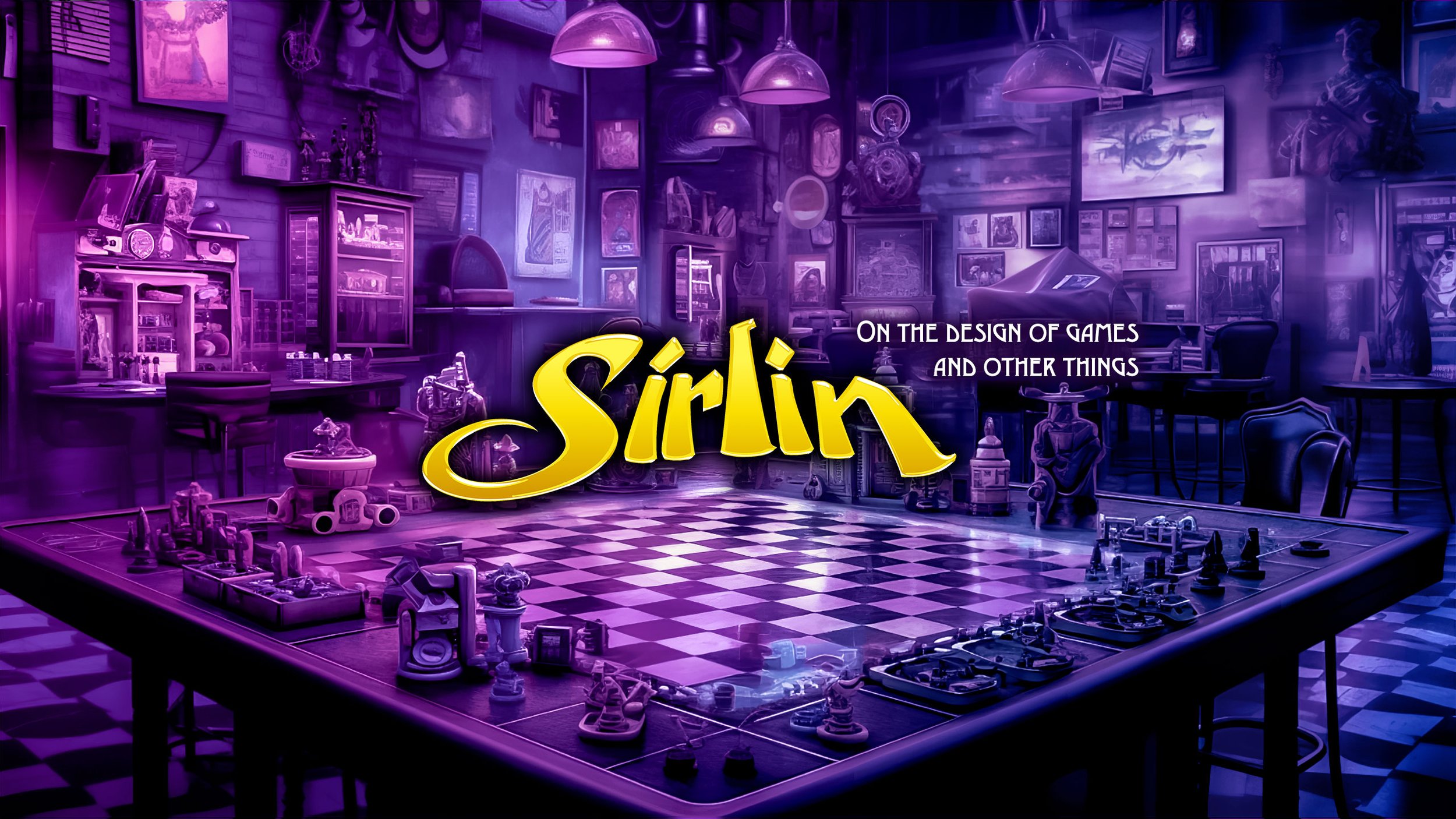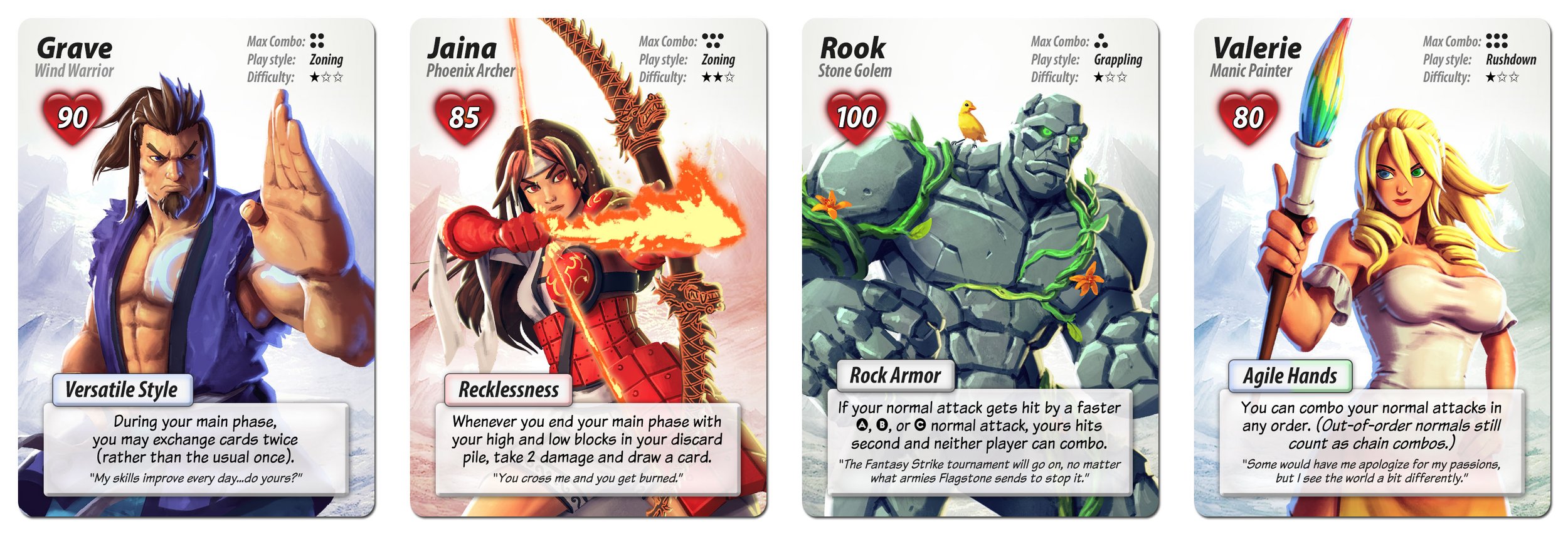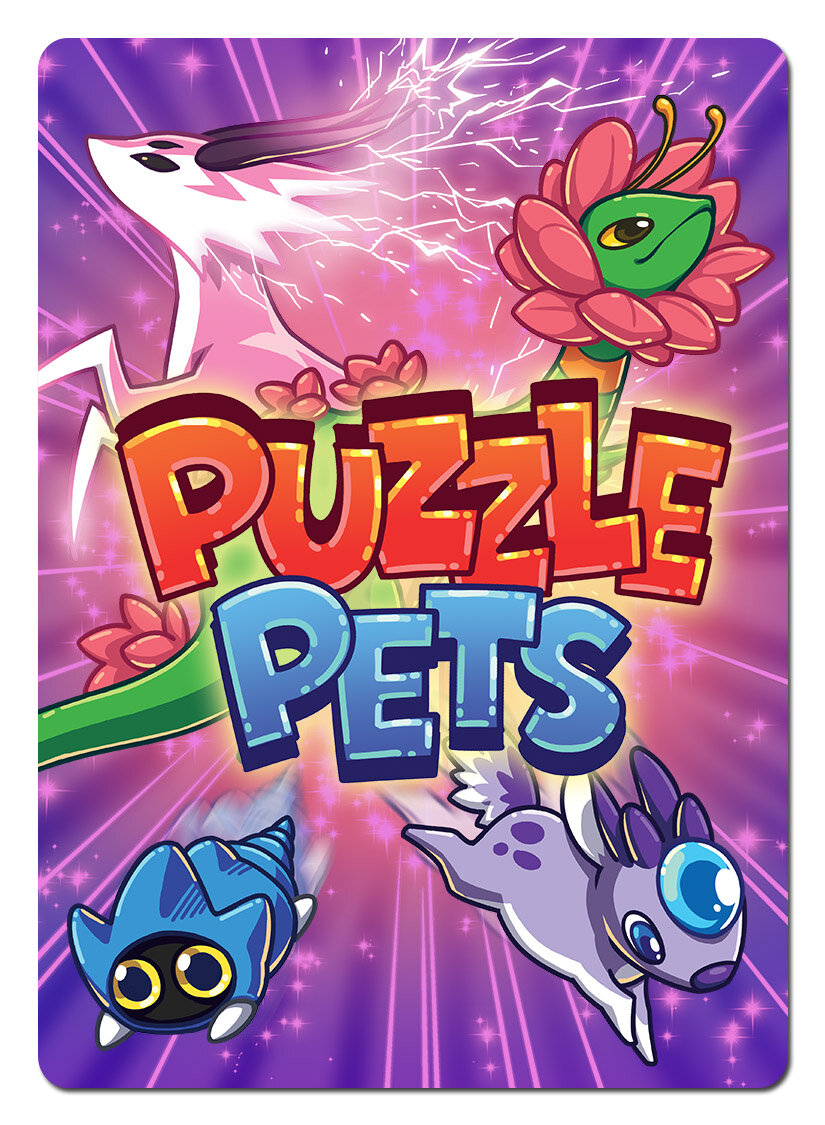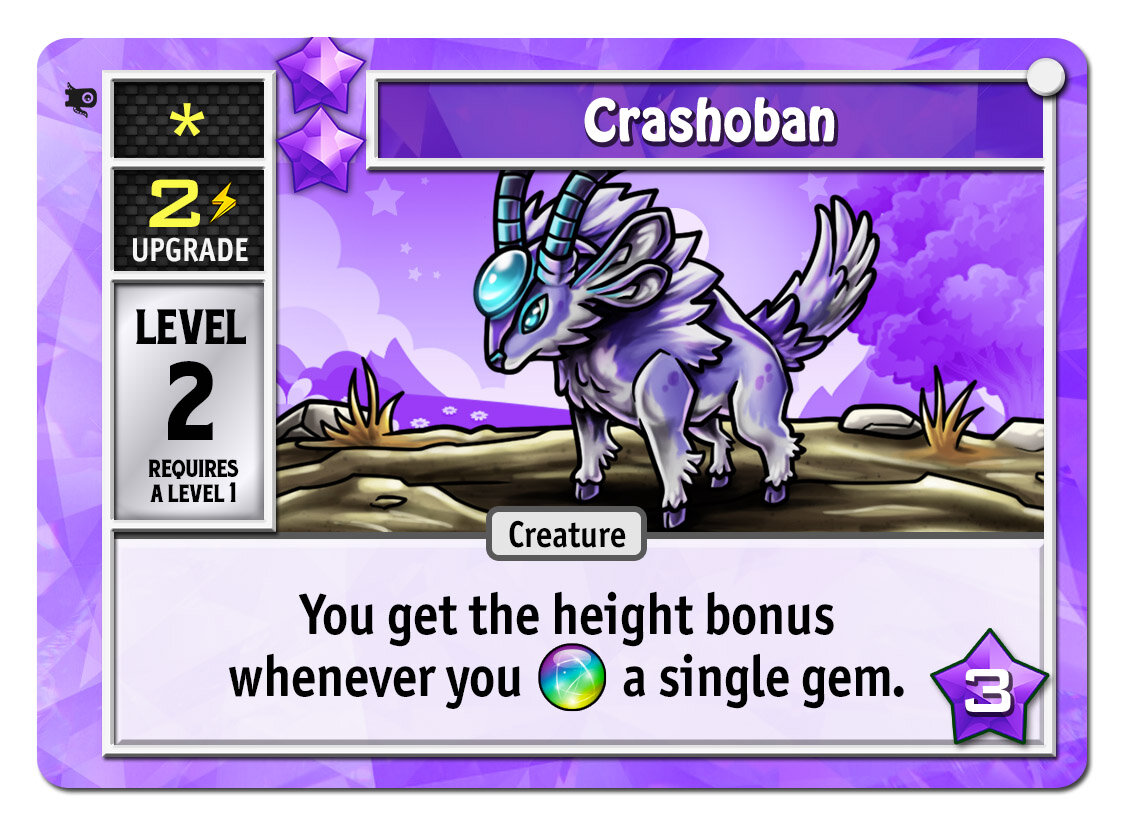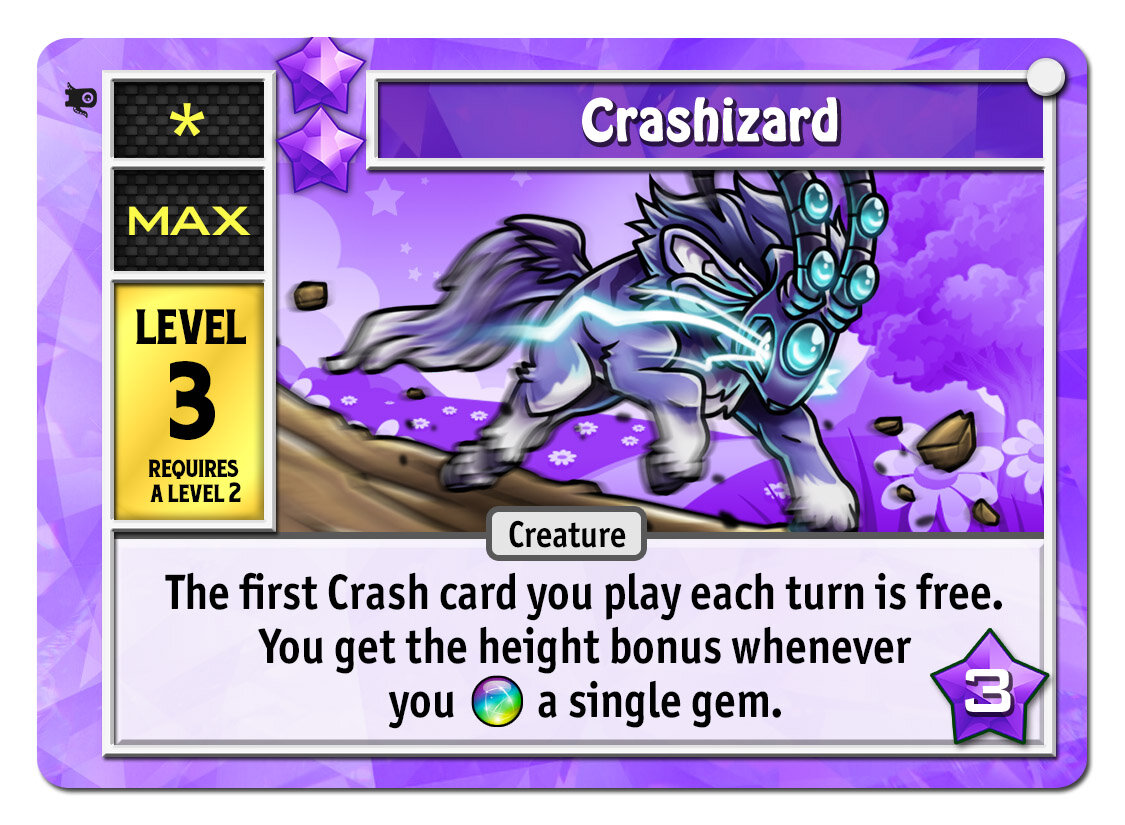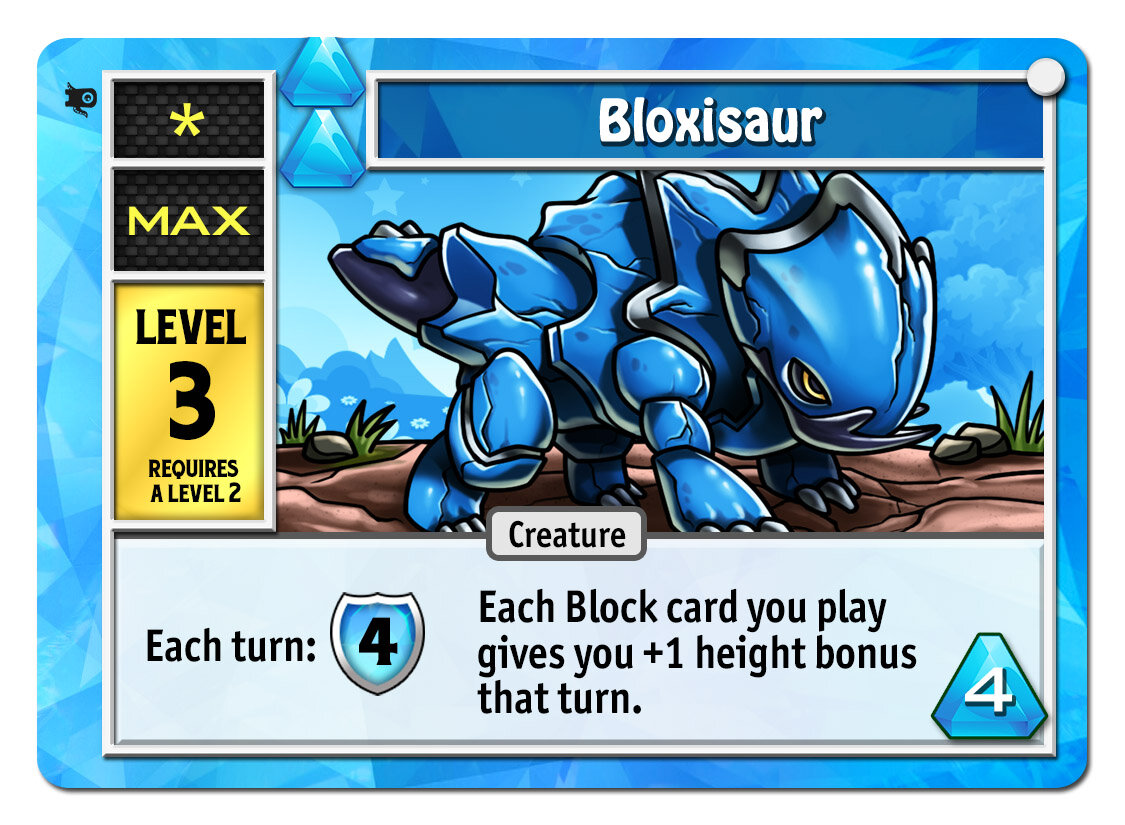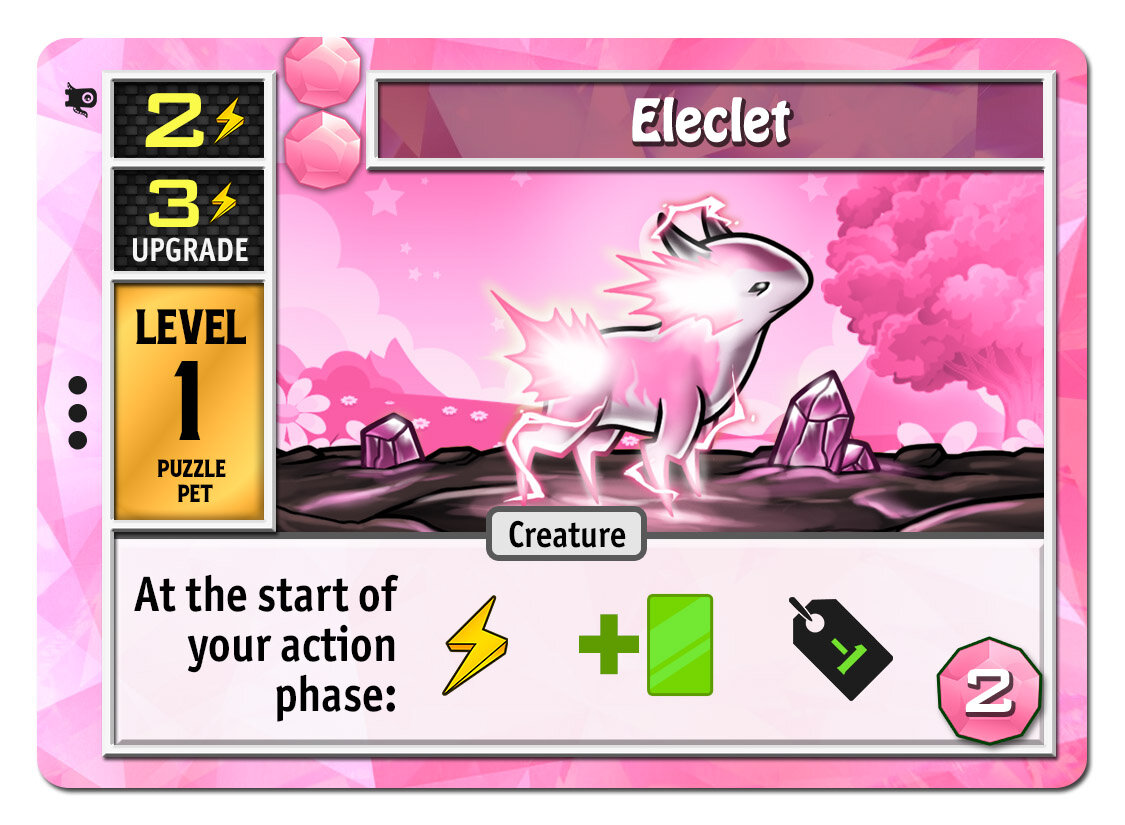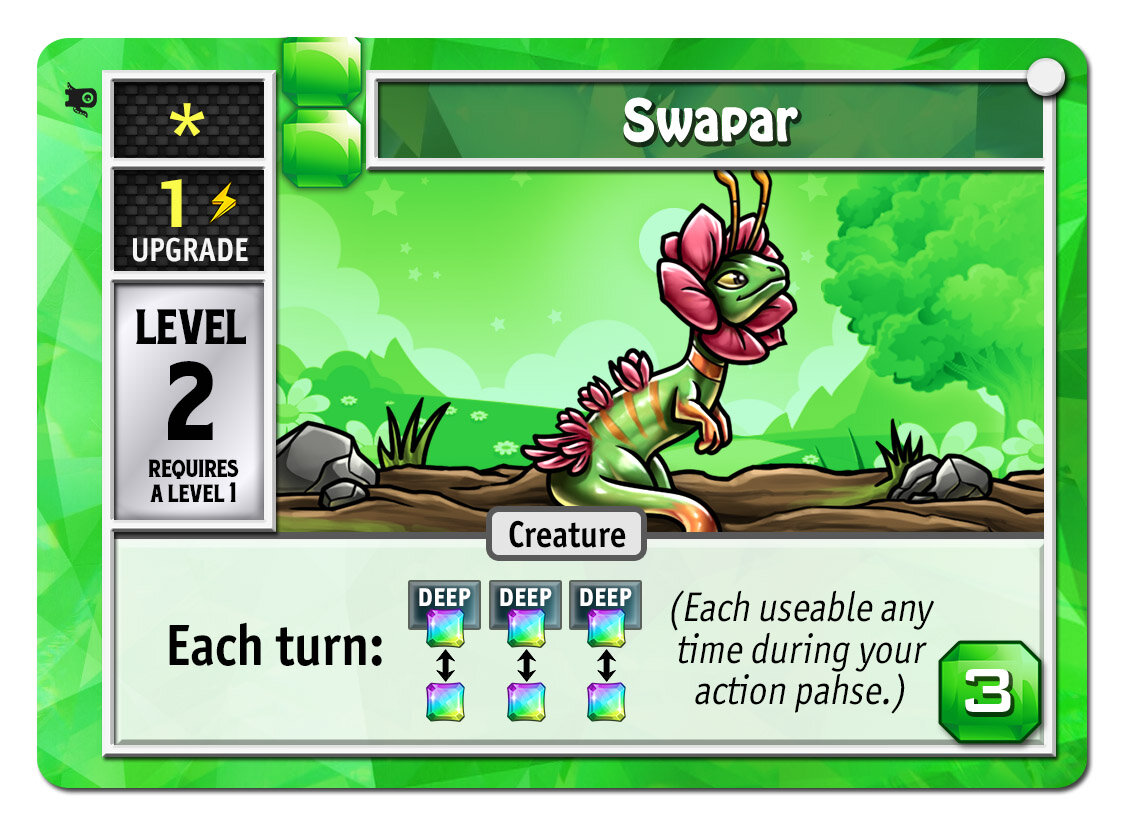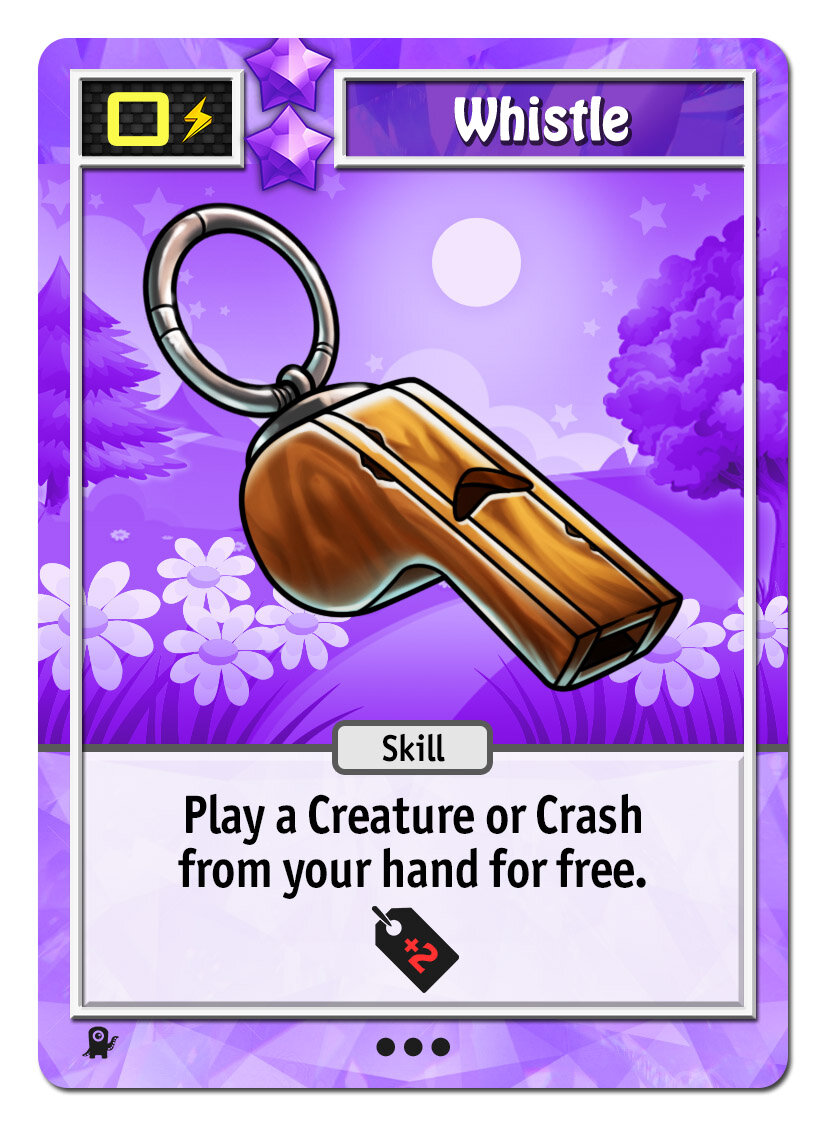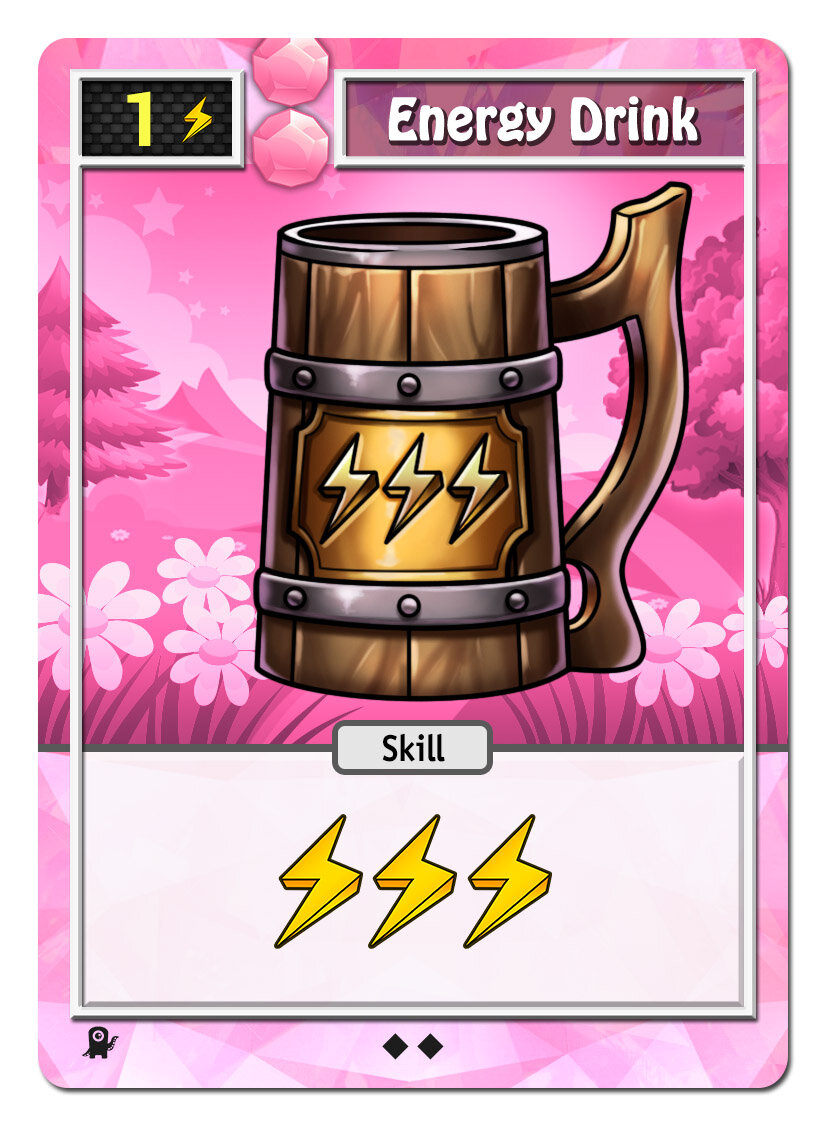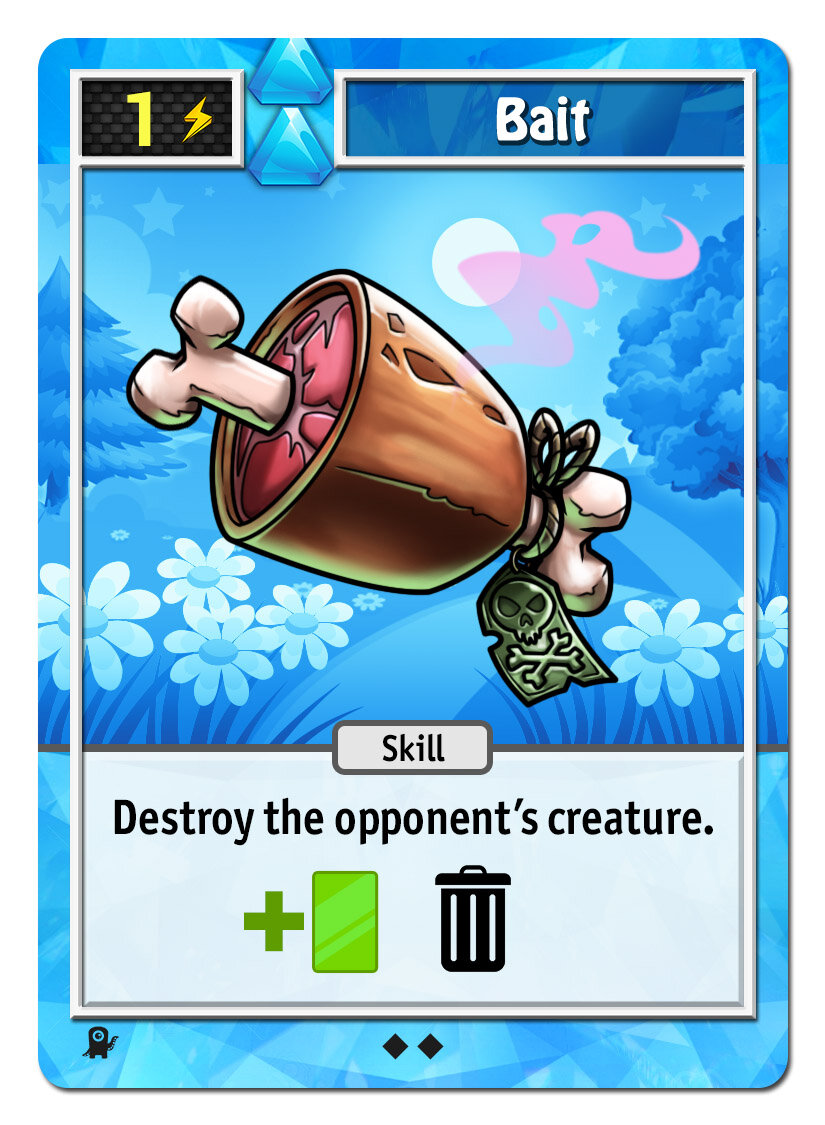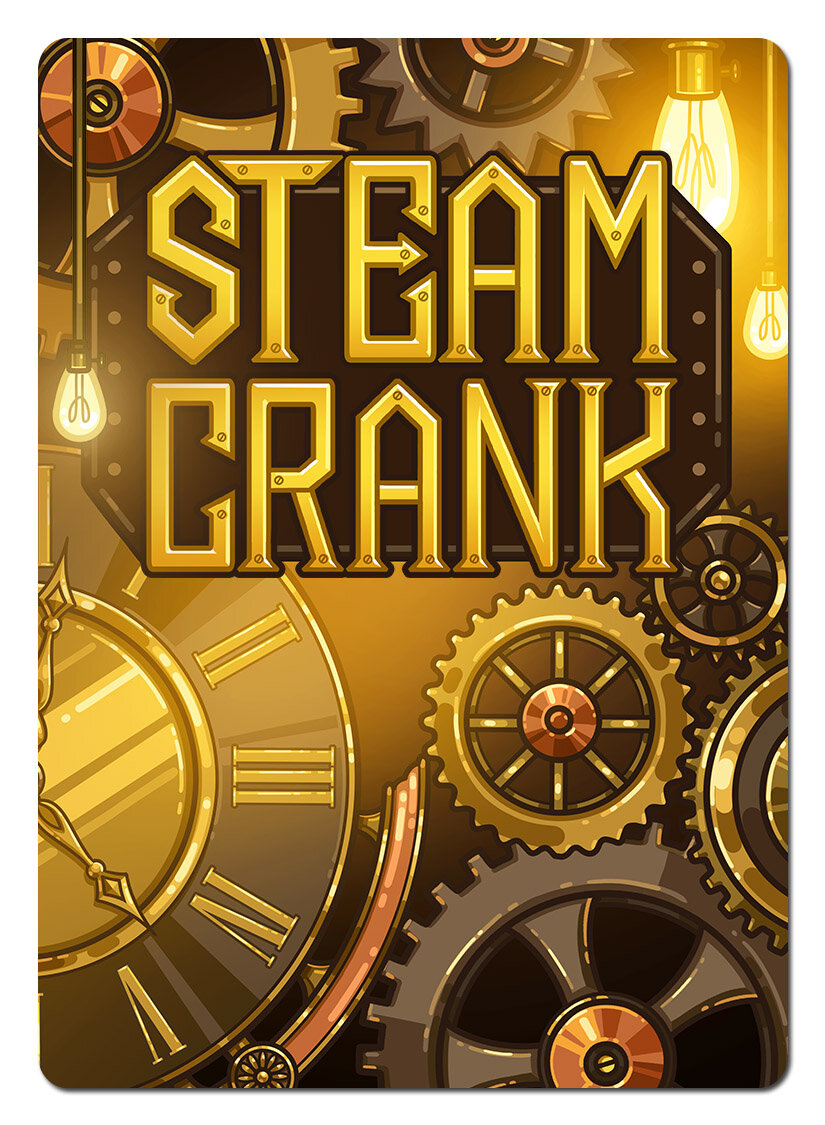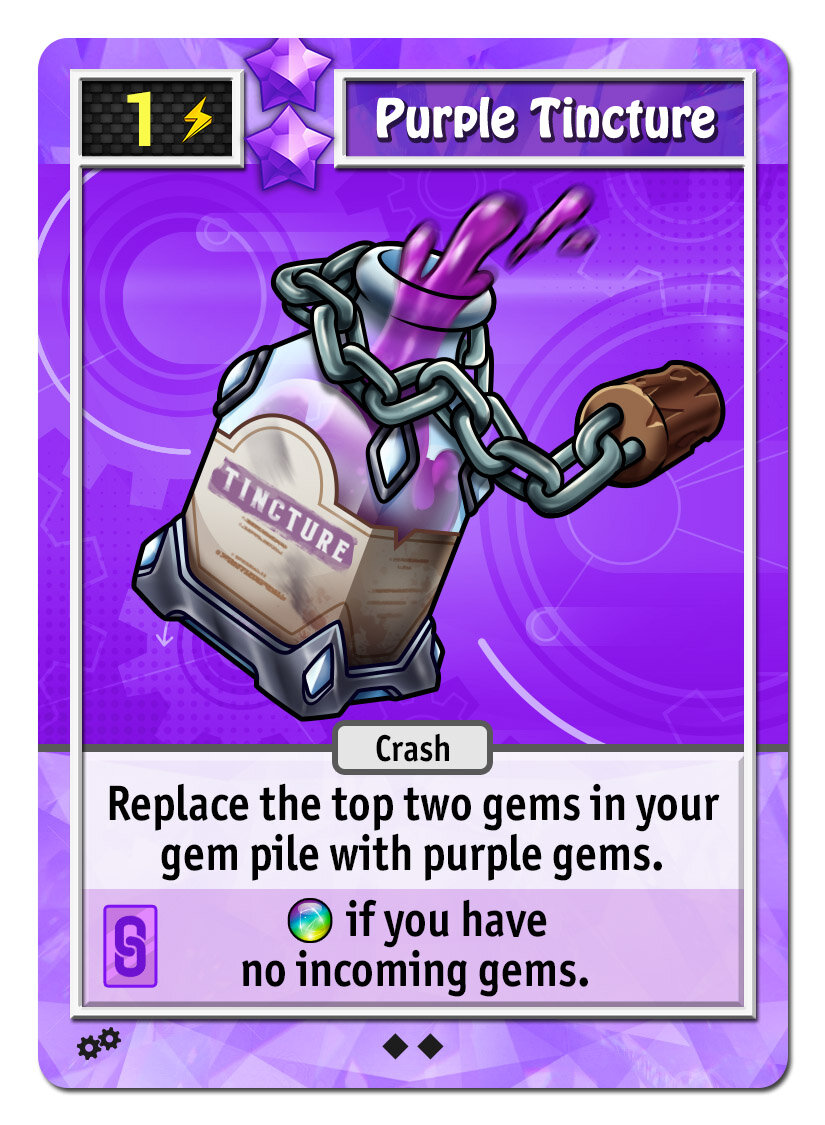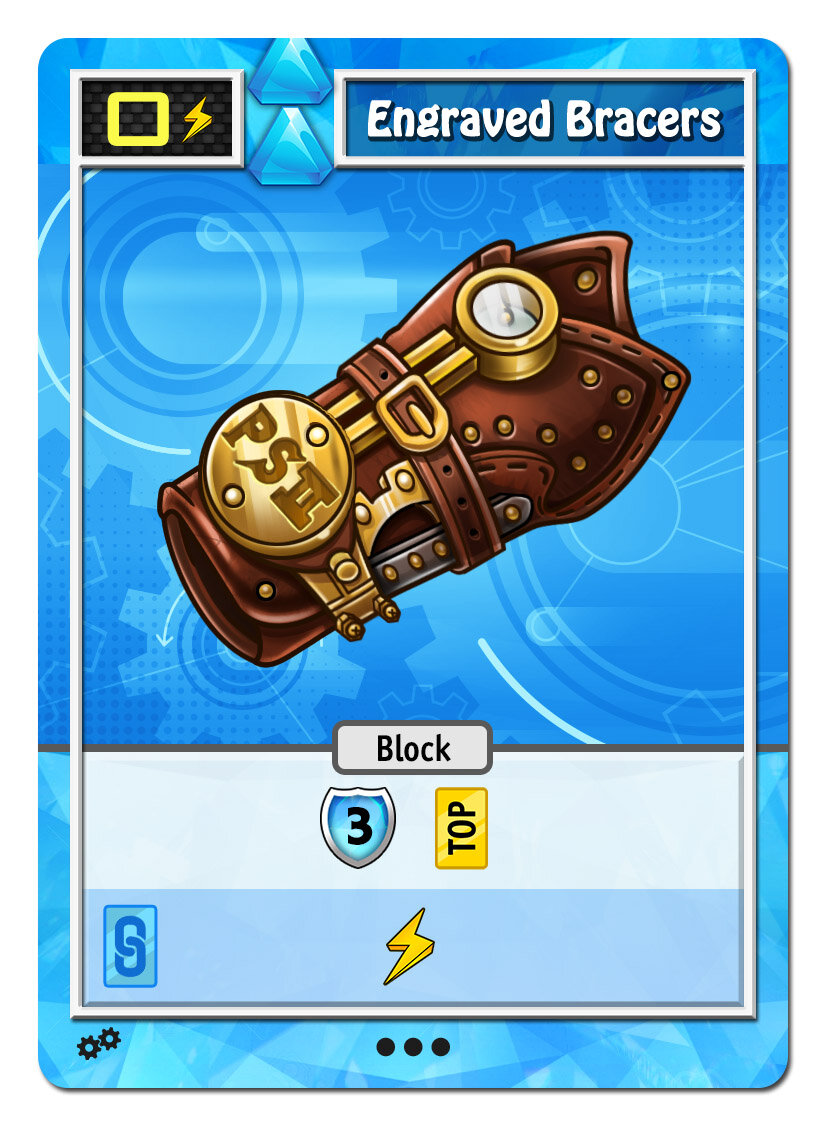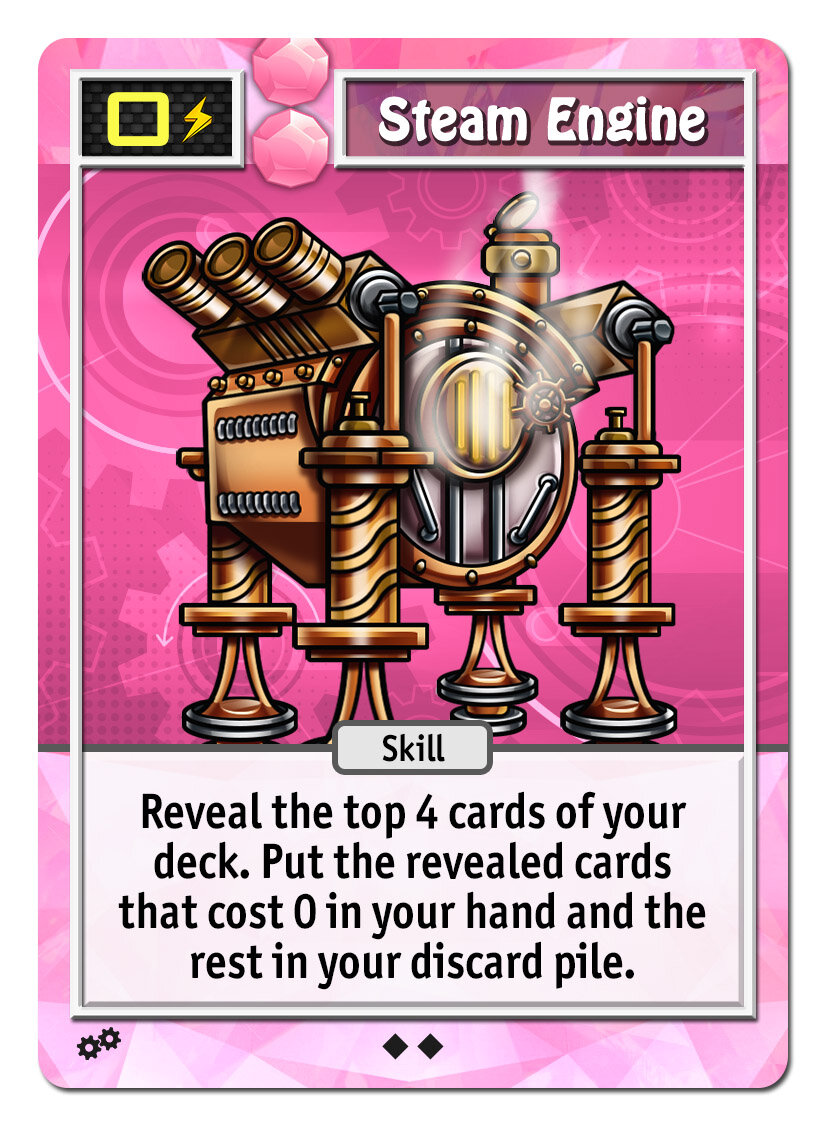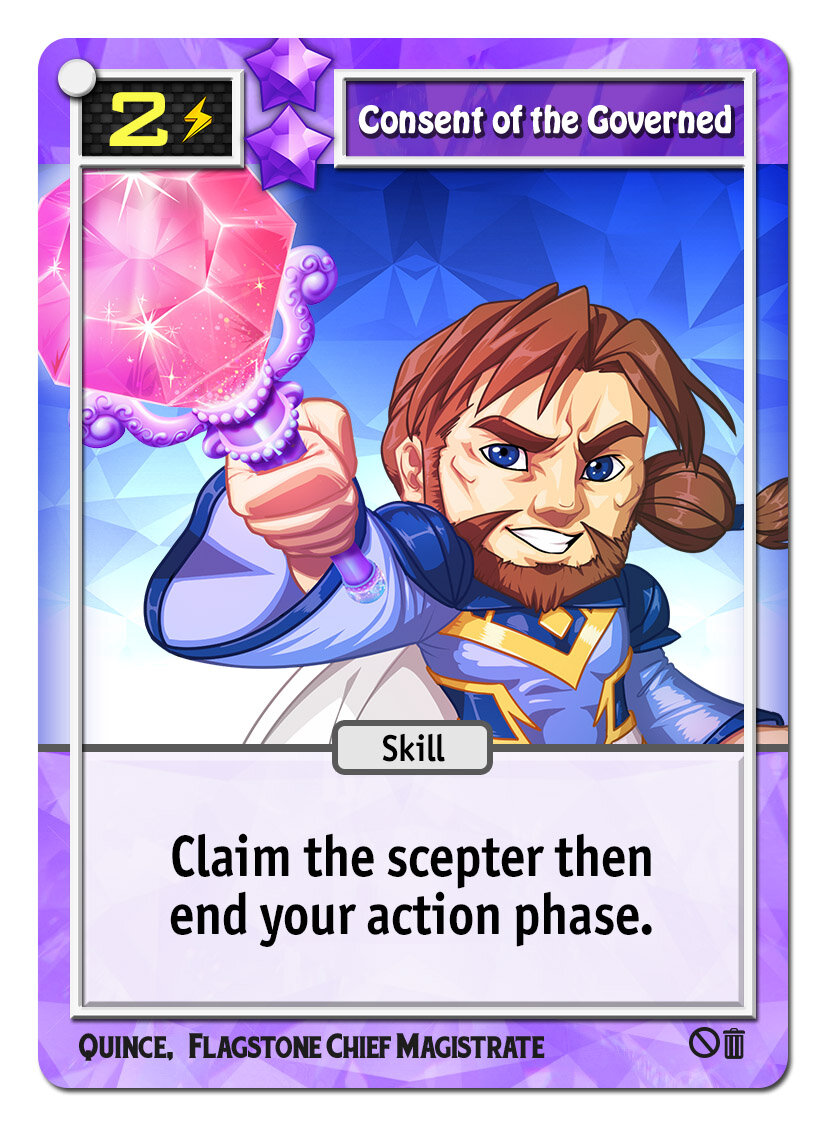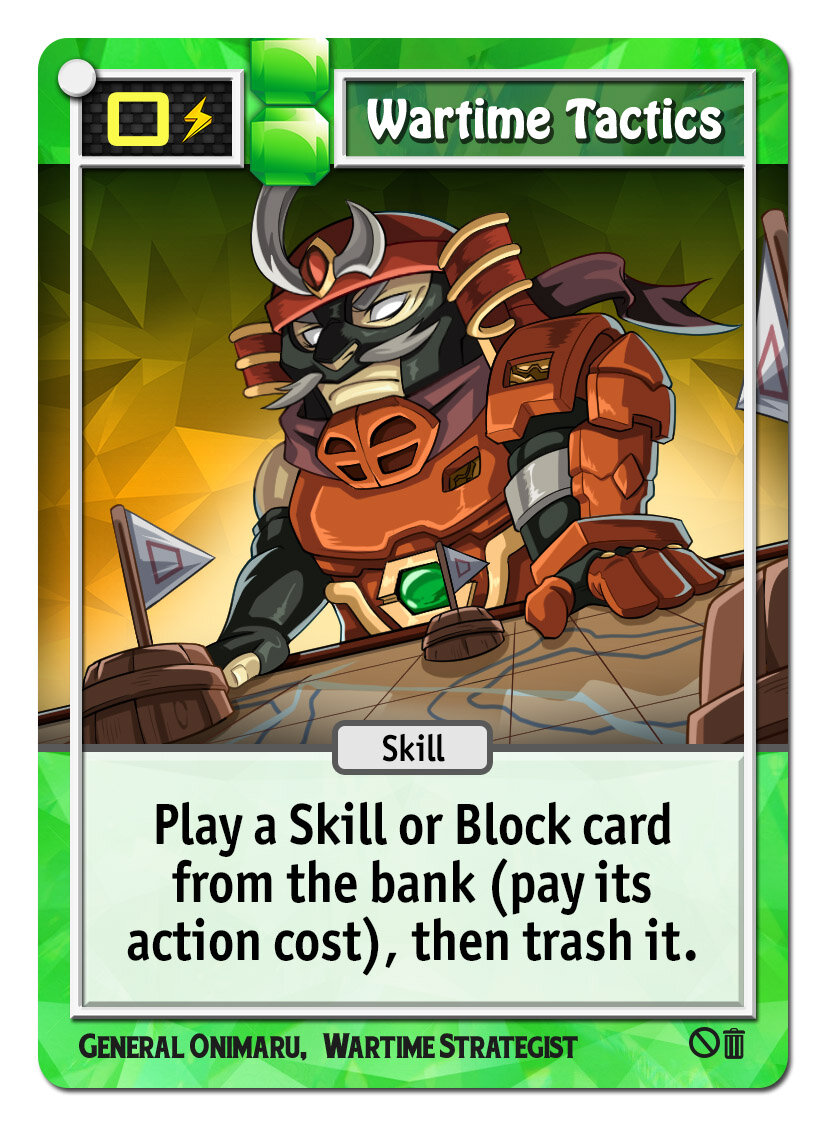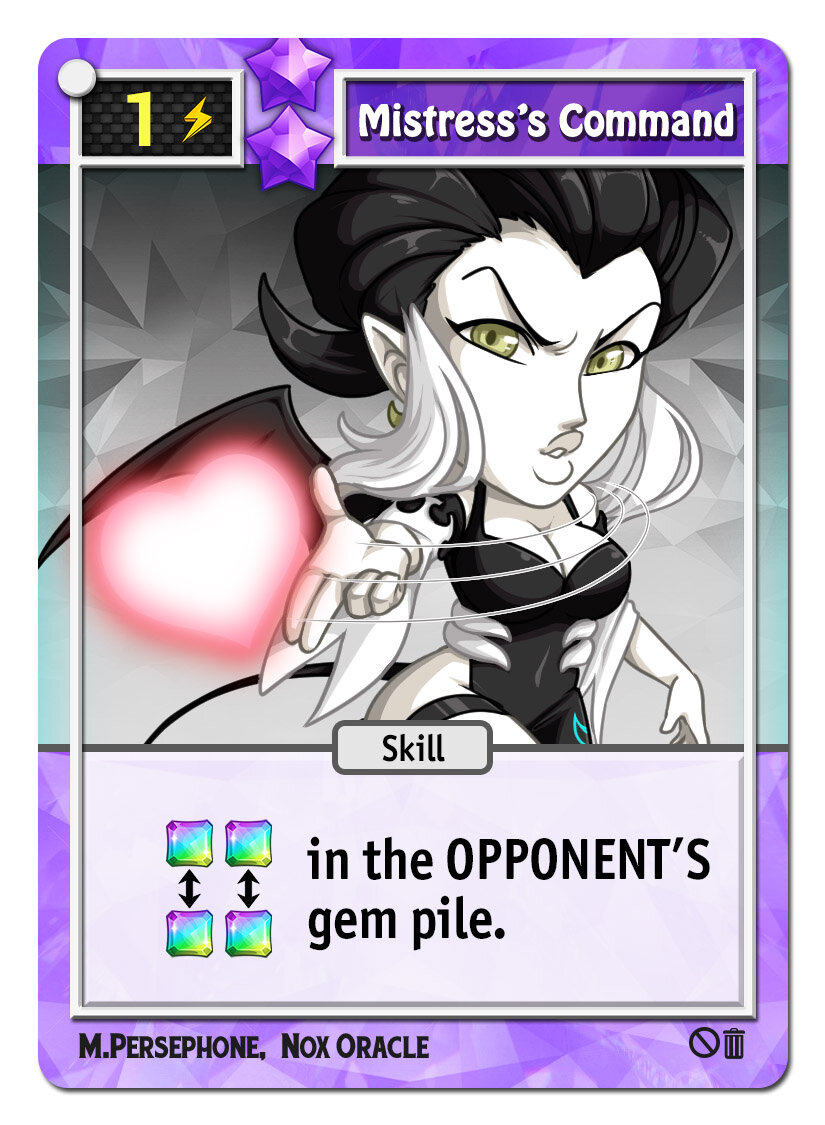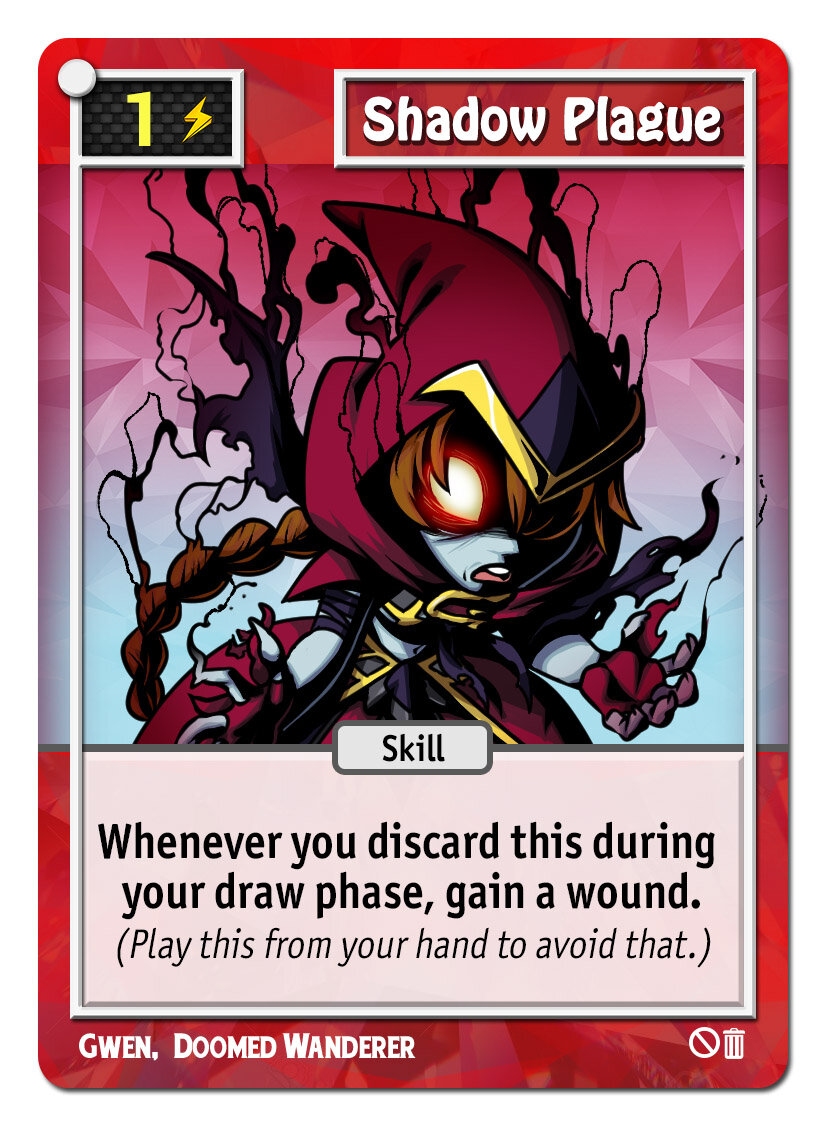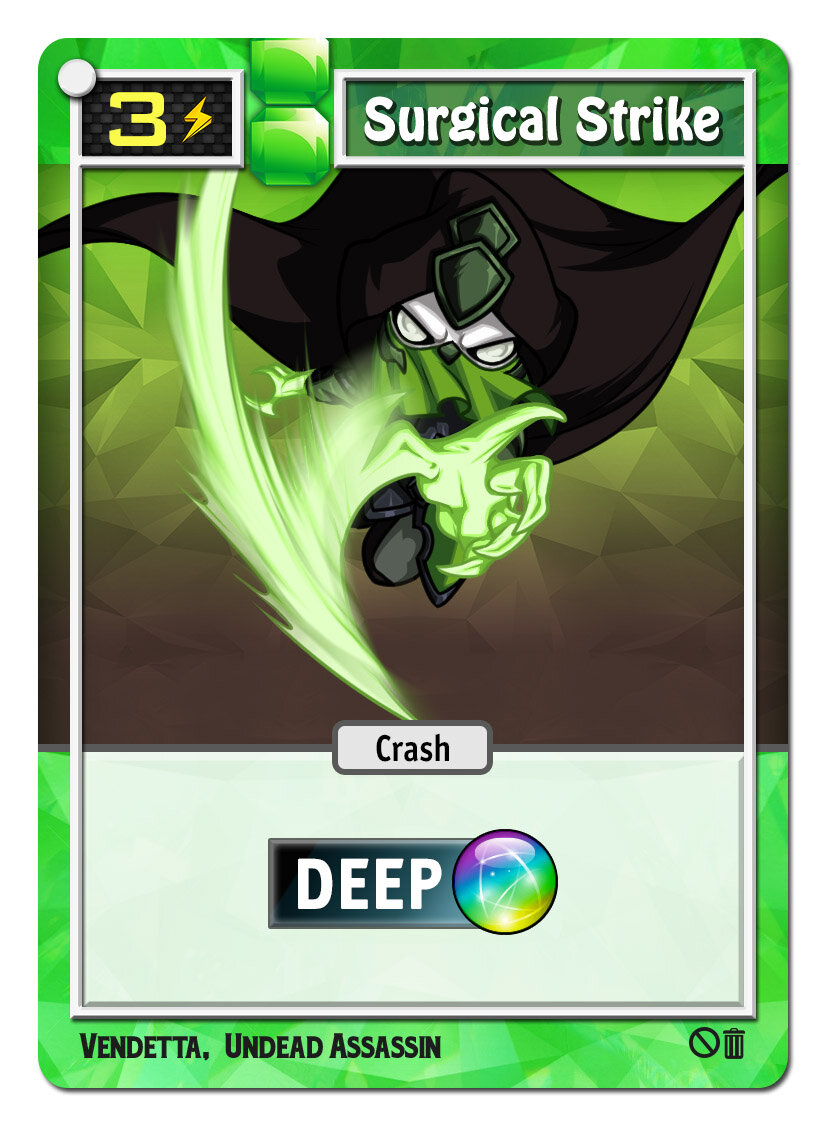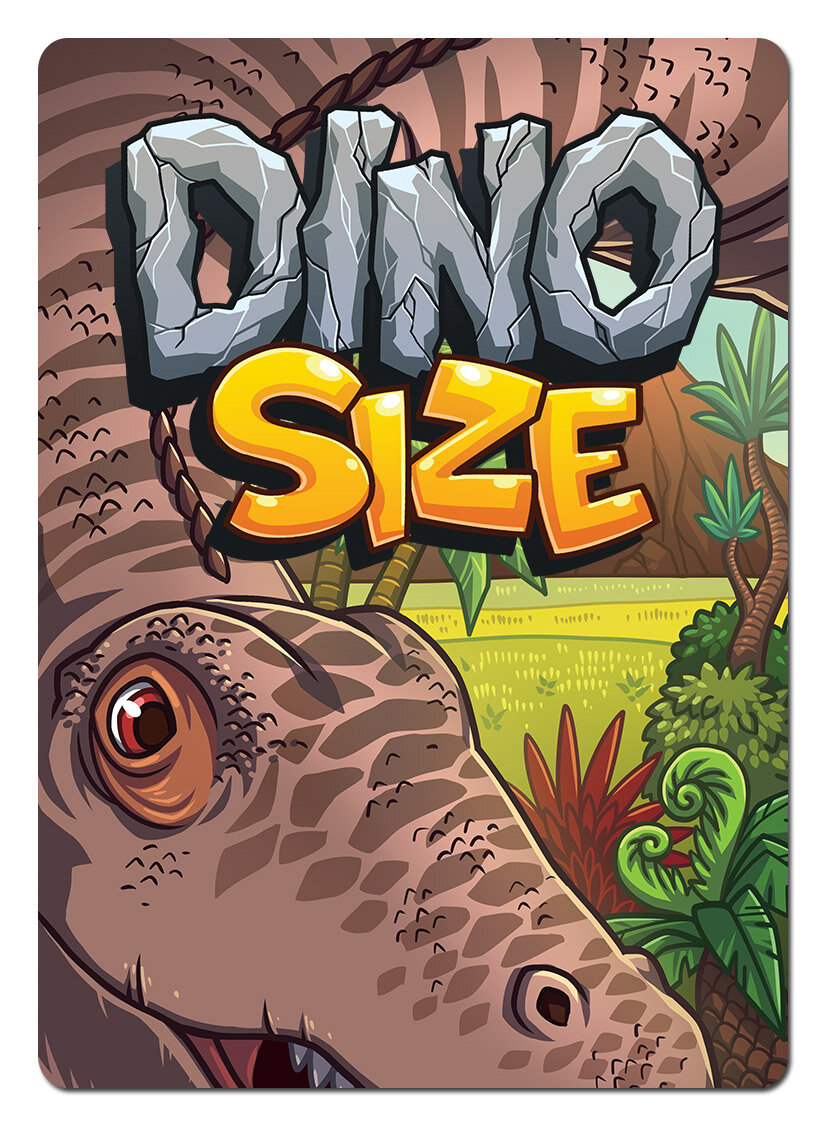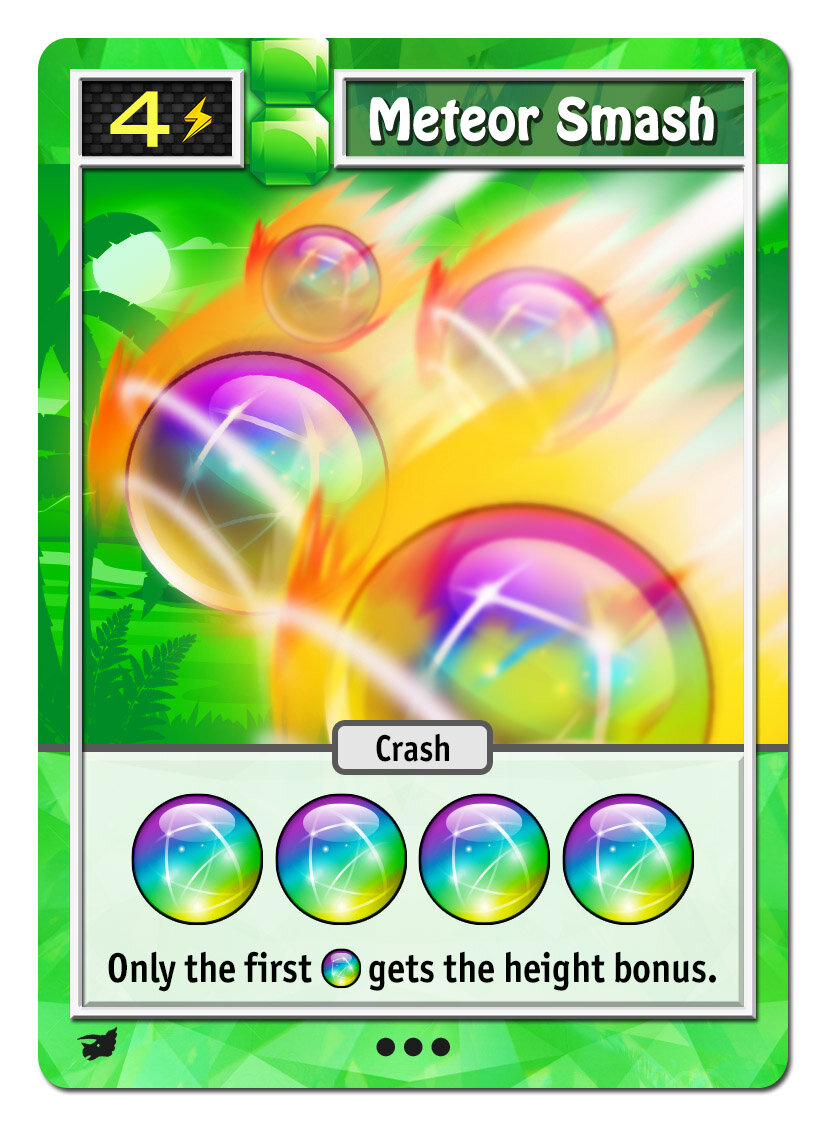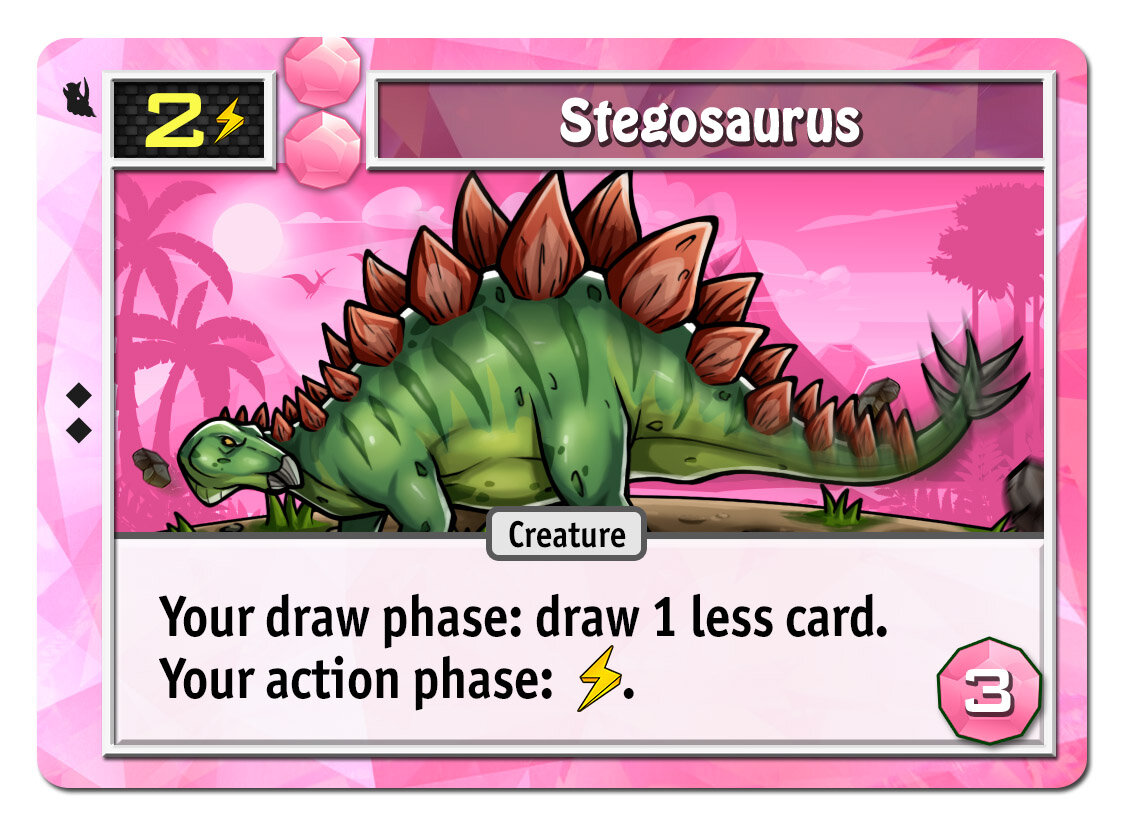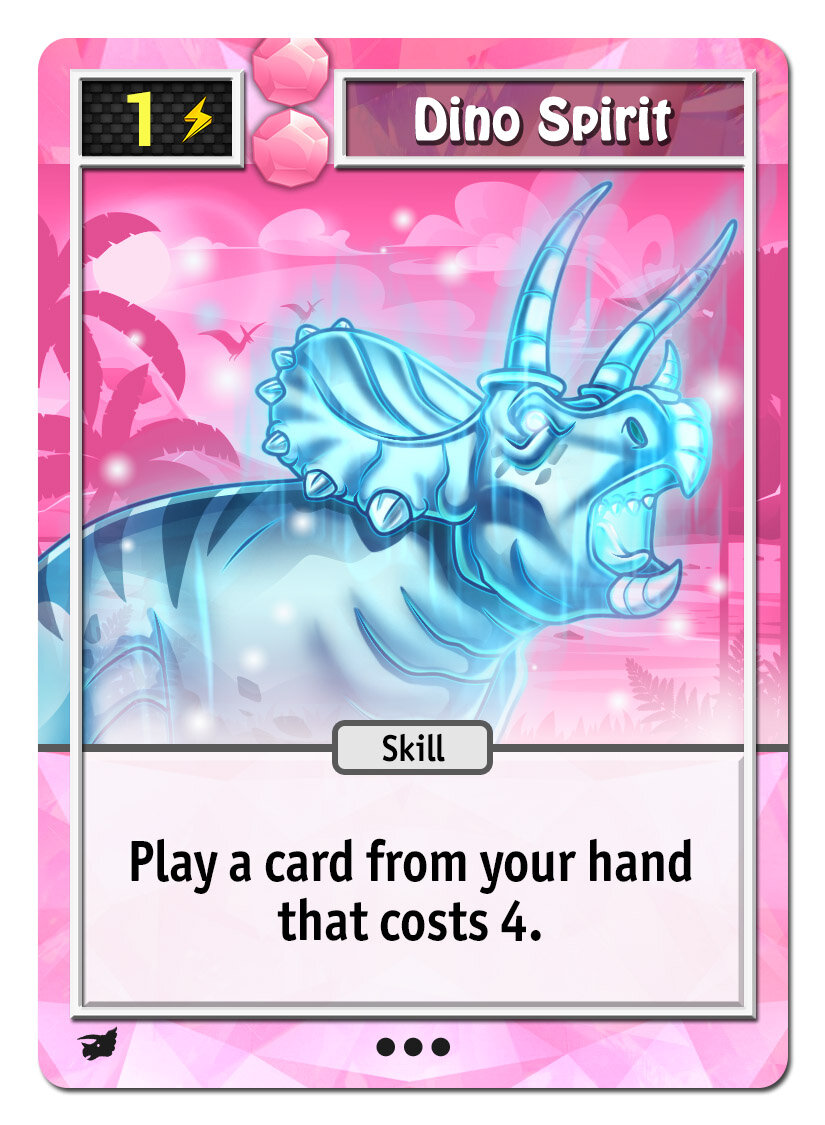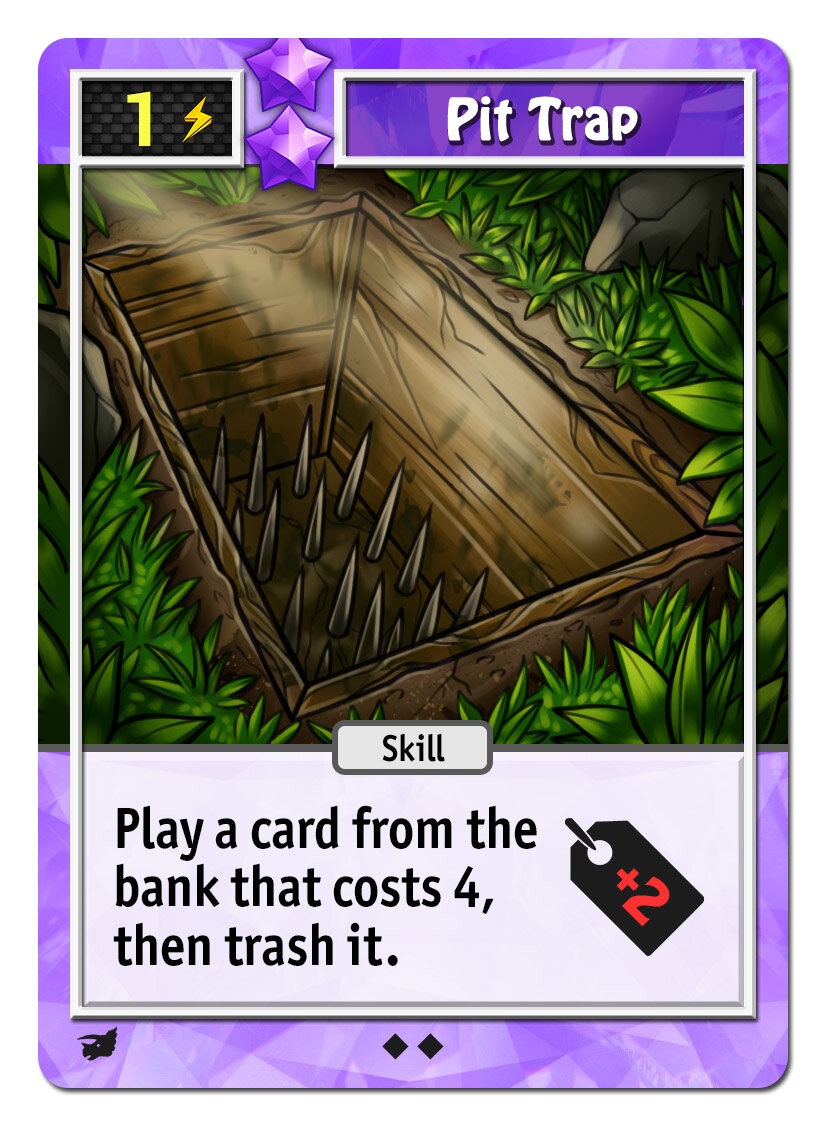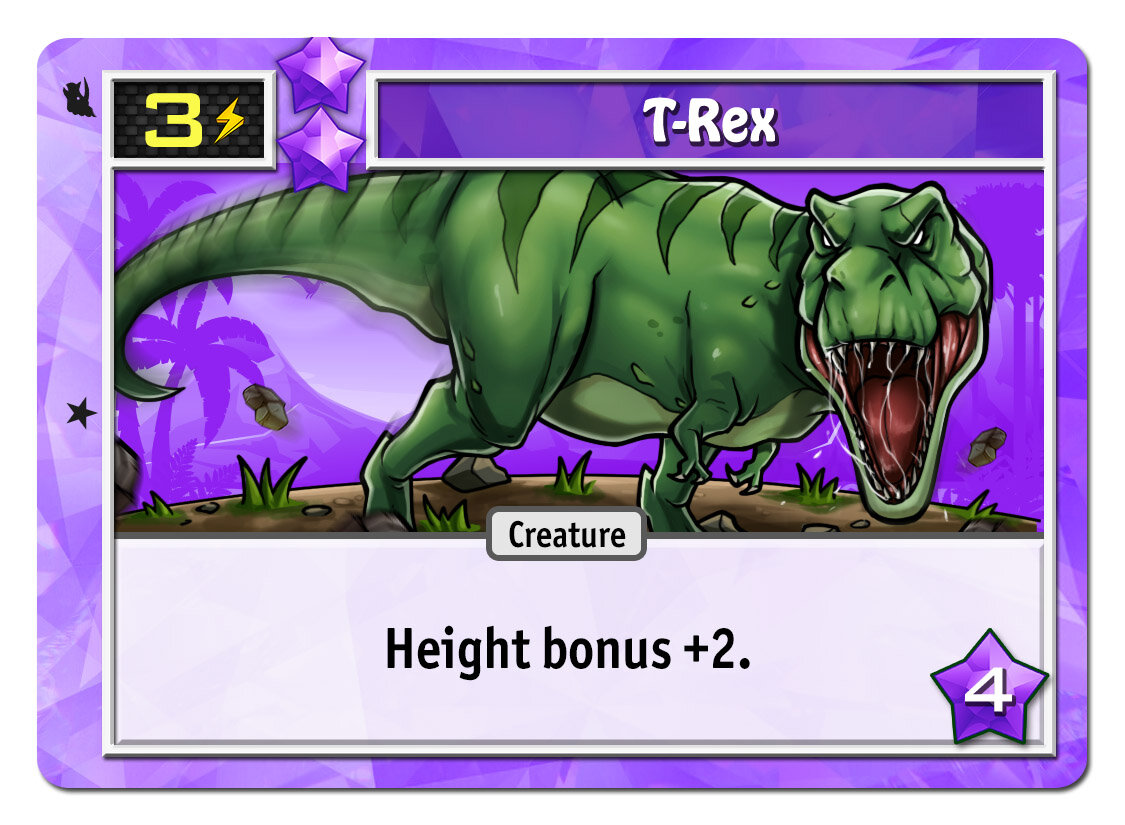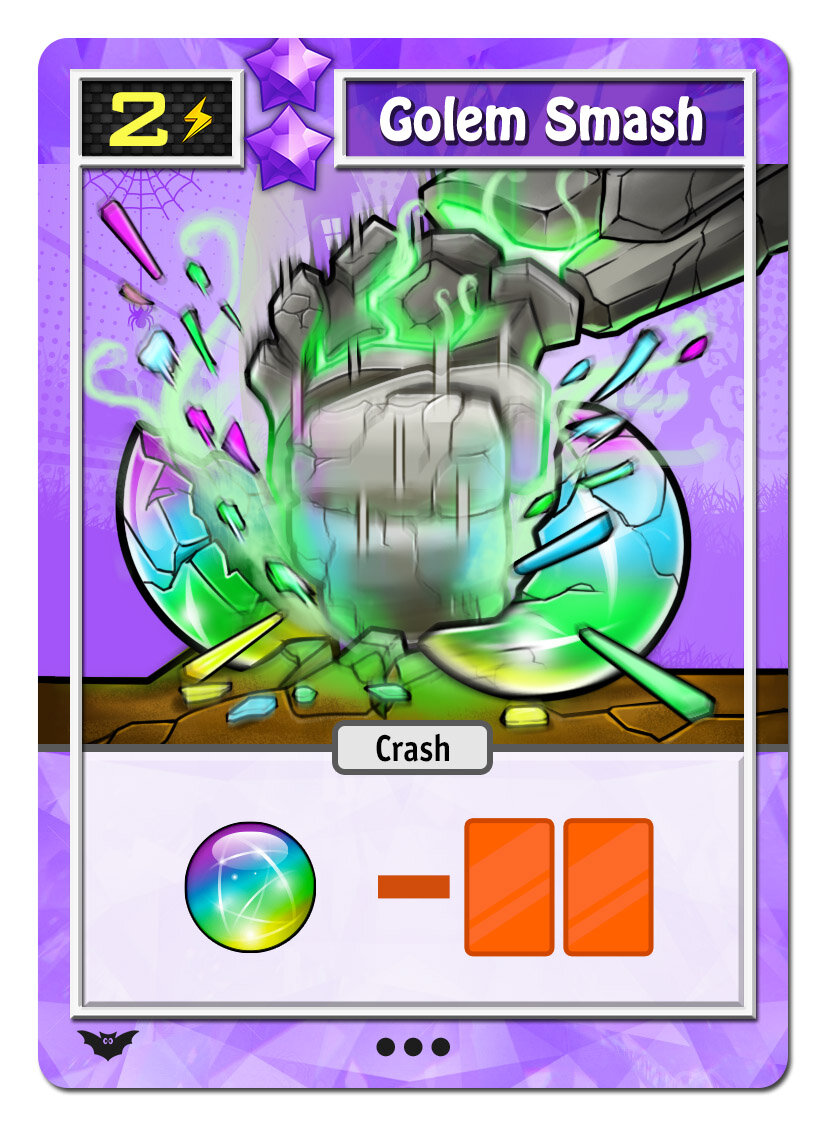Yomi was, as far as I know, the first “fighting card game.” It was pretty popular, had a ton of tournaments, online versions on Steam and iOS. Now, 15 years later, I have a sequel: Yomi 2.
Yomi 2 is not “a new edition” but rather an entirely new game. Now there are high and low attacks, high and low blocks, projectiles, bursts, and many other changes. Despite all those new things, the game is actually more streamlined and plays faster than before. Design-wise, two of the biggest features are gems and the exchange system.
Gem cards are set of 5 cards per gem color that let you augment and adjust your character. Want a bit more damage and projectiles? The red gem will help. Want a more super cards and super meter? The green gem will help, and so on.
The exchange system now lets you exchange a card from your hand with a card in your discard pile if both have the exchange symbol. You can only do it once per turn, so it’s a limited resource. This lets you get back your valuable blocks if you lose them, it lets you build up bigger combos if you want that, it lets you fill in missing moves, like if you have no throws or dodges ready, and it lets you set up for a “power up” which gets you super meter and a super card. There’s lot of ways to go, but you’ll have to choose which maneuver is the most important each turn.
Yomi 2 also has a solo and 2-player co-op move that’s pretty well built out with 5 different automated opponents in the Morningstar set and 5 more in the Flagstone set.
If you’re interested, please pledge for Yomi 2 on Gamefound. People who pledge during the campaign actually get the Fairview City expansion for free.



